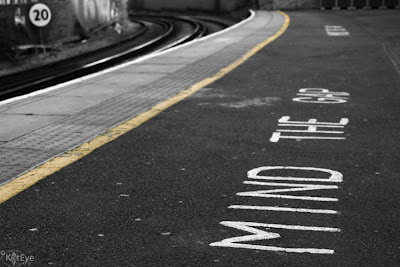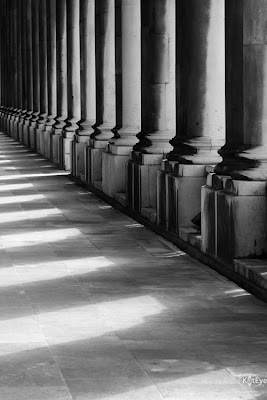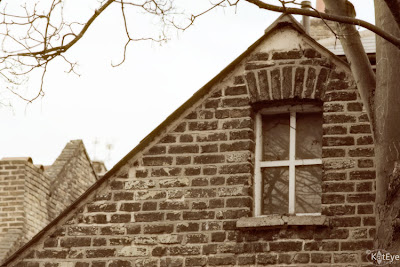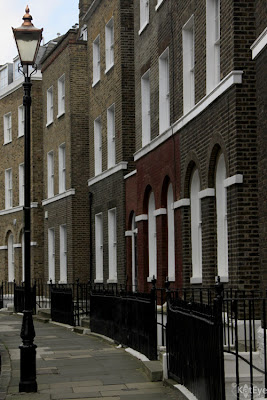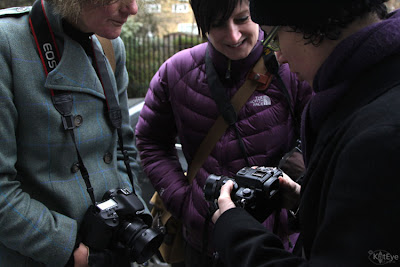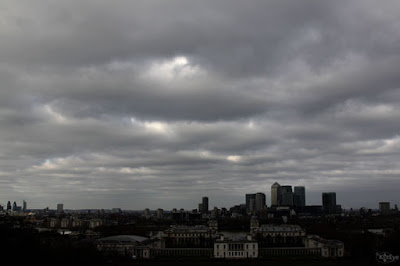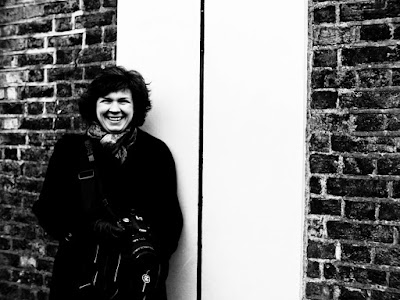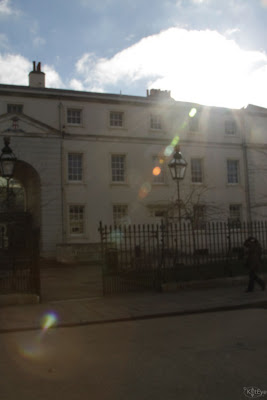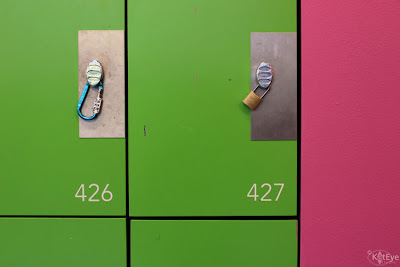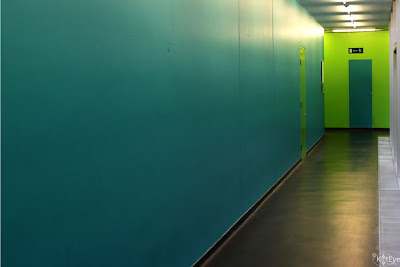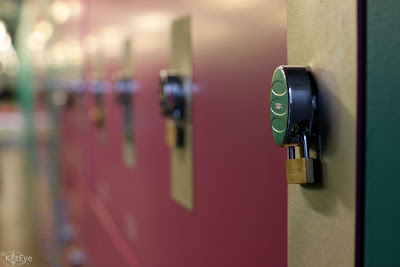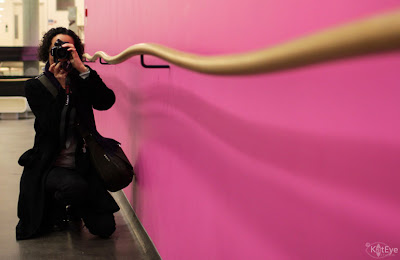Do you believe dreams can come true? I do. It’s been a long time dream of mine to combine my love of travel, photography of place and teaching together. I can’t imagine anything better than being able to explore a new place with my camera, talking photography with new friends along the way.
This dream is coming true for me, as I’m announcing my first on-location workshops! Yay! I’ll be offering 1-day workshops incorporating some of the key ideas from my online course, A Sense of Place, in small group settings in Oregon and in England this fall.
I’ll kick off the workshops at my home studio in Corvallis, Oregon on Sunday, September 9. After participating in the Corvallis Fall Festival September 22 and 23, our area’s largest arts festival, I’ll be heading to England (woohoo!!) to teach two workshops.
You’ll find me in Hebden Bridge on Saturday, September 29, exploring the beautiful Yorkshire countryside and in Hampstead (near London) on Saturday, October 6, exploring the city scenes.
You can find all the details about these workshops and registration information here. I’m so excited to take this next step. This is just the beginning, I can feel it.
I hope there is a chance to connect with you in person sometime very, very soon!














